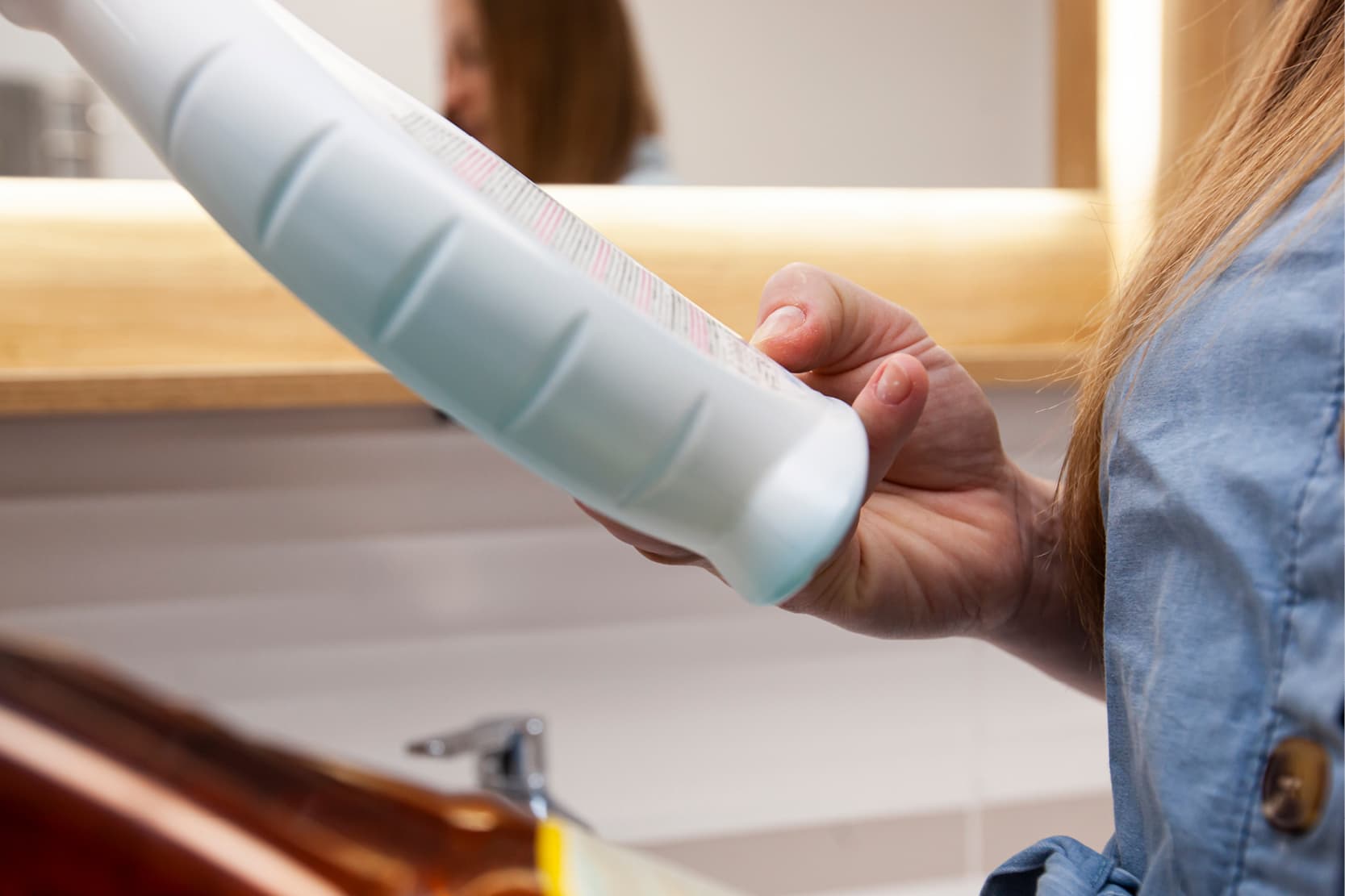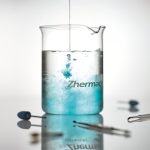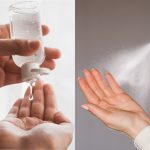
Understanding the information on the label of a disinfectant product is essential for effective pathogen removal and safety during use of the product.
Knowing how to read the labels of a chemical product makes it possible to identify the nature of the risks resulting from its use, thus protecting oneself and the community as a whole.
Essential characteristics of the label of a chemical product
It must be pointed out that the label of a chemical product does not bear information established by the internal organisation of a company, rather it must follow precise rules set down by specific standards that are updated constantly on the basis of technical and scientific research.
The label must be securely attached to the packaging and must read horizontally when the packaging is positioned in normal conditions.
The colour contrast and the graphic design of the label must make it possible for the user to read the information provided clearly and this information be legible for the entire time the product is used.
What information the label of a disinfectant shows
In accordance with the new regulations, the label attached to the pack must provide the following information:
- name, address and telephone number of the manufacturer and/or distributor;
- nominal quantity of the substance or mixture contained in the pack provided;
- product identifiers (name and code);
- any hazard pictograms;
- warnings, if there are any;
- hazard statements, if there are any;
- any precautions for use;
- additional information, if necessary[1].
Disinfectant labels usually list, on the front of the pack, the names of the active chemical substances and their quantity.
The active elements change according to the use of the product (e.g. aerosol vs liquid vs solid)[2].
Common disinfectants
Common chemical disinfectants include alcohol, chlorine and chlorine compounds, glutaraldehyde, ortho-phthalaldehyde, hydrogen peroxide, peracetic acid, phenolic compounds, biguanides and quaternary ammonium compounds (QAC).
Some products can be used both alone and in combination.
They must be used in accordance with the instructions for use and only on surfaces that are compatible[3].
The chemical disinfectants most commonly used in healthcare settings
The chemical disinfectants most commonly used in healthcare are indicated below.
- Ethanol and isopropyl alcohol (60-90%): are intermediate- to low-level disinfectants. Used to decontaminate the outer surface of certain semicritical and noncritical items. Alcohols with detergents are safe and effective for the extemporaneous disinfection of horizontal worktops and other surfaces. They are also often used for hand hygiene.
- Chlorine and chlorine compounds: are low- to high-level disinfectants. Used for the extemporaneous disinfection of horizontal worktops and floors and to decontaminate traces of organic material. Concentrated hypochlorite or chlorine gas are used for the disinfection of large and small water distribution systems.
- Glutaraldehyde ≥2% alkaline or acid solutions: are high-level disinfectants. Commonly used as high-level disinfectants for heat-sensitive semicritical items.
- 7.5% Hydrogen peroxide: high-level disinfectant/sterilising agent. Can be used for cold sterilisation of heat-sensitive items.
- Phenol derivatives: low- to intermediate-level disinfectants. Used to decontaminate environmental surfaces and noncritical items. Their toxicity and the limited spectrum of antimicrobial activity must be taken into consideration.
- Iodophors: low-level disinfectants. Used for certain noncritical items, currently used as antiseptics.
- Quaternary aluminium compounds: low-level disinfectants, except when used in combination with other agents. Predominantly used for environmental surfaces. Can be used for skin antisepsis[4].
Zeta Hygiene is Zhermack’s complete range of cleaning, disinfection and sterilisation products that are free of phenols and aldehydes – toxic substances – and do not damage dental practice and laboratory instruments and surfaces. Innovative solutions, subjected to stringent production standards and monitored and tested in accordance with the most recent European regulations. Its rapid action, ease of use and high compatibility with materials make Zeta Hygiene the ideal solution for the most demanding professionals, guaranteeing excellent safety and absolute protection for users and patients.
References
[1] https://www.inail.it/cs/Satellite?c=Page&cid=2443085353281&d=68&pagename=Internet%2FPage%2FpaginaFoglia%2Flayout
[2] https://www.cleaninginstitute.org/sites/default/files/documents/How-To-Read-Disinfecting-Label.pdf
[3] http://www.simpios.it/public/ufiles/manuale_ific/Cap12_Disinfezione.pdf
[4] http://www.simpios.it/public/ufiles/manuale_ific/Cap12_Disinfezione.pdf
Do you want more information on Zhermack Dental products and solutions?
Contact us


 Zhermack SpA has been one of the most important producers and international distributors of alginates, gypsums and silicone compounds for the dental sector for over 40 years. It has also developed solutions for the industrial and wellbeing sectors.
Zhermack SpA - Via Bovazecchino, 100 - 45021 Badia Polesine (RO), Italy.
Zhermack SpA has been one of the most important producers and international distributors of alginates, gypsums and silicone compounds for the dental sector for over 40 years. It has also developed solutions for the industrial and wellbeing sectors.
Zhermack SpA - Via Bovazecchino, 100 - 45021 Badia Polesine (RO), Italy.


